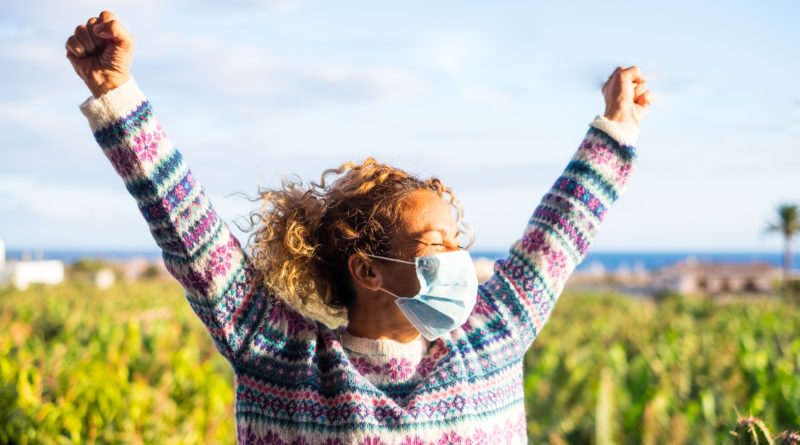Why Is COVID-19 Outdoor Spread Lower?
952 total views, 1 views today
You’ve likely heard it ad nauseam by now: If you’re going to see friends this summer, do so outside instead of indoors. The logic is fairly simple: COVID-19 spreads less easily between people in outdoor settings. Read on to find out why COVID-19 outdoor spread is lower,
Ventilation
The primary scientific factor that makes seeing friends outdoors during the COVID-19 pandemic safer than seeing them indoors is ventilation. Outdoor spaces naturally have ample ventilation in the form of air currents. These currents bring new, fresh air into a given space, and as this new air replaces the former air around you, the chances of the air surrounding you containing airborne COVID-19 particles decreases.
By contrast, indoor spaces tend to lack these air currents. Closed environments lead to the circulation of air rather than the introduction of new, fresh air, and if airborne COVID-19 particles make their way into these environments, they are far more likely to stay there than in outdoor settings. In certain cases, advanced air conditioning technologies can reduce the risk of indoor COVID-19 transmission, but outdoor transmission likelihood nevertheless remains lower overall.
Some scientists have speculated that the lack of airflow in closed spaces is a major factor in the increased risk of COVID-19 transmission in nursing homes and on public transit. These factors may in part explain why a team of Japanese scientists found that the likelihood of COVID-19 transmission can be as much as 20 times higher indoors than outdoors.
Movement
In outdoor spaces, moving around is easier. As people move around, they generally spend less time around any one person than when they are stationary in indoor spaces that allow for far less motion. With decreased time around a person comes a lower risk of COVID-19 transmission.
The role of outdoor movement in minimizing COVID-19 spread may help to explain why the massive numbers of people taking to the streets to protest police brutality have not yet corresponded to an increase in COVID-19 cases. Protests tend to involve marching and almost always take place entirely outdoors, and this combination of factors inherently minimizes the risk of COVID-19 transmission. Additionally, the vast majority of people currently protesting have been wearing face masks, which are widely associated with significantly decreasing the spread of COVID-19.
Wind dilution
An additional factor that accounts for outdoor settings being safer for avoiding COVID-19 transmission is the wind’s natural ability to disperse droplets. The wind is an effective natural deterrent for COVID-19 transmission because you likely need to inhale or otherwise come into contact with hundreds or thousands of COVID-19 particles for an infection to take hold in your body. When wind blows through air that contains COVID-19 particles, it reduces the number of particles in a given volume of air, making airborne transmission far less likely.
Despite the clear safety advantages of outdoor interactions over indoor socializing, there remains a mild risk for COVID-19 transmission outdoors. One study found that, among 7,300 COVID-19 cases in China, one was traced to an outdoor interaction. While this ratio indicates virtually no risk for outdoors interactions, one case is still more than zero, so there’s never anything wrong with playing it safe.

